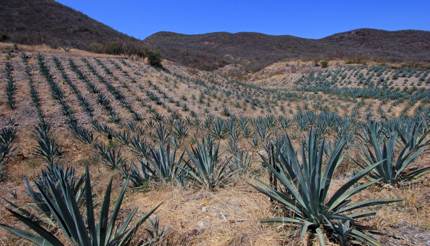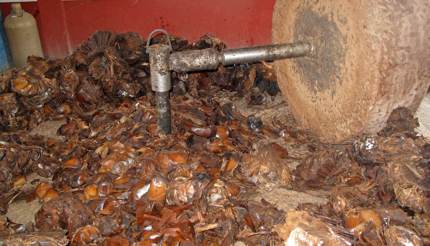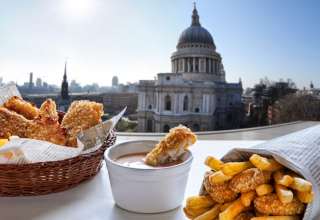The big spirits story at the IWSC this year is not gin – even though that continues to defy gravity in its popularity – it’s mezcal. By Adam Lechmere
The Mexican spirit has long been considered a poor relation of tequila – not for quality reasons, but simply because tequila is produced in vast quantities, its brands (like Patron and José Cuervo) highly visible.
Mezcal production, with distillers producing small batches from many different varieties of the agave plant, is on a far more artisan level. While the vast majority of mezcals are produced from the espadin agave, there are dozens of permitted varieties – nobody seems to know quite how many but most agree there are more than 30.

Now mezcals produced from such agaves as madrecuixe and tepeztate, and tobala, are becoming more visible, though still produced in tiny quantities.
Tequila on the other hand is produced only from the blue agave. Experts use a wine analogy to point out the difference: if tequila is chardonnay, mezcal is every other white grape variety.
Because of its artisanal nature and because it’s possible to distinguish between the different plants and the different villages where mezcal is produced, the cognoscenti – cheerled by barmen and mixologists – can’t get enough of it.
“Sales are doubling every year,” Dawn Davies of The Whisky Exchange, which carries 80 mezcals, told World Travel Guide. “It’s more like wine in terms of the varieties and styles available. It’s got a sense of place. Barmen love it.”
David Shepherd, who has won the Mezcal Trophy at the IWSC for his Corte Vetusto Mezcal Espadin, says “Mezcal is too far below the sales companies’ radar. It’s niche. It’s about 2% of tequila sales – but it’s coming out of the darkness. It’s made that transition from bartender’s secret to being requested by consumers.”

Corte Vetusto (which means “ancient cut” – mezcal is the oldest spirit in the Americas, Shepherd says) was made in quantities of about 1000 bottles. It comes from the Espadin agave, which takes seven to nine years to reach maturity. “There are about 30 other agaves you can use, some of which can take 35 years to mature. It’s very slow process.”
Artisan mezcal producers stress the naturalness of their product. Corte Vetusto for example is fermented only with natural airborne yeasts, which makes the fermentation less predictable and enhances the differences between batches.
While mezcal is on a steep upward trend, tequila remains hugely popular, especially for aged and wood-matured styles. At the entry level, tequila may be produced in industrial quantities – and be a staple of testosterone-heavy drinking sessions – but at the top end it is a highly sophisticated spirit.
The IWSC has had its first wood-aged tequilas this year, and the extra añejo style is being seen more and more in premium bars. This is the top level, introduced officially in 2006. The five levels of tequila are blanco (unaged tequila), joven or gold (with colorant added); reposado (aged in stainless steel or oak for up to 11 months), añejo (minimum one year in oak), and extra añejo (three years or more in oak).
Top mezcal and tequila medal winners from the IWSC

Corte Vetusto Mezcal Espadin

El Señorio Joven

El Señorio Mezcal Reposado

Las Garrafas de Oaxaca, Serpiente Rosada

Sierra Milenario Tequila Reposado

KAH Tequila Anejo

Herradura Seleccion Suprema Extra Anejo

Sierra Tequila Antiguo

Milagro Anejo







